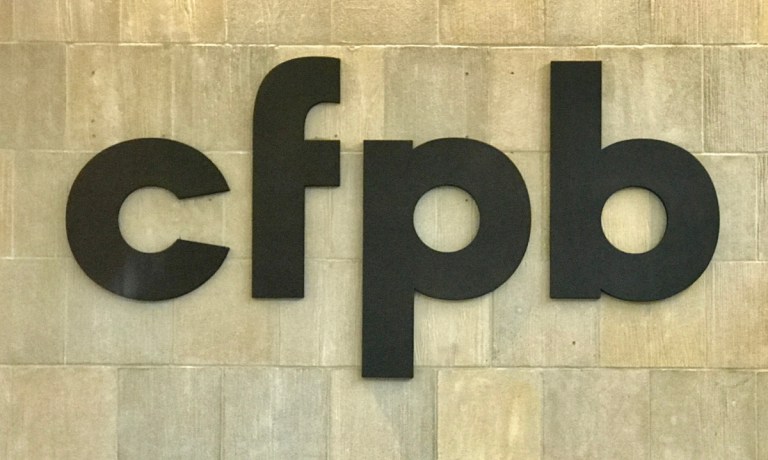Banking Sector Seeks More Time on CFPB Open Banking Rule

The banking industry wants more time to comply with a new rule governing consumer financial data.
The open banking regulation in question is the Consumer Financial Protection Bureau (CFPB)’s “Proposed Required Rulemaking on Personal Financial Data Rights,” which is designed to implement section 1033 of Consumer Financial Protection Act, passed in 2010.
CFPB Director Rohit Chopra has said that the proposed rule would “give consumers the power to walk away from bad service and choose the financial institutions that offer the best products and prices.”
But implementing the rule will take time, the industry groups said in a letter to the CFPB sent late Tuesday (July 16).
Those groups – The Bank Policy Institute, American Bankers Association, Consumer Bankers Association and The Clearing House Association – argue that the first tier of banks required to follow the rule be given at least two years to comply.
This, the letter said, would give them enough time to establish new systems and processes and for a standard-setting organization to be recognized by the CFPB.
“Banks spent years developing systems to enable safe data-sharing for 50 million customers, and overhauling these systems to comply with this new rule will take time,” the groups said.
“In the interest of protecting customer data and avoiding disruptions, it’s better to get it done right than to get it done quickly. Banks are committed to serving their customers and complying with the law, and we encourage the CFPB to recognize the complexities of the new requirements and establish pragmatic timelines that allow for a smooth implementation without disrupting consumer data access.”
Among the challenges facing banks, the letter said, are the need to update public-facing websites to comply with the rule’s public disclosure requirements, and to generate and publish performance metrics that fit with the CFPB’s new open banking definitions.
Banks will also need to allow for support for required data elements that aren’t already shared, such as bill payment data and certain terms and conditions.
“At a high level, 1033 — beyond making data available to consumers and third parties — includes a mandate to standardize the formatting of that data,” PYMNTS wrote recently.
And in an interview here in May, Kim Funari, vice president of regulatory compliance at i2c, told PYMNTS in May that the rule represents a step toward “consumer empowerment” in the U.S.
“All companies will be using the same formats and the same security rules,” Funari said. “It’s really leveling the playing field across the financial institutions and across the industry.”